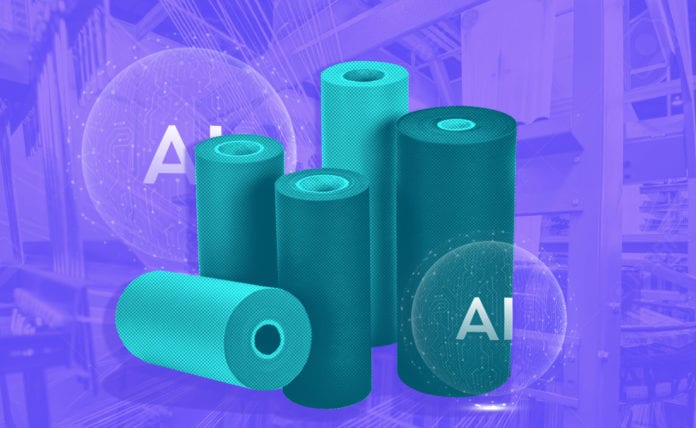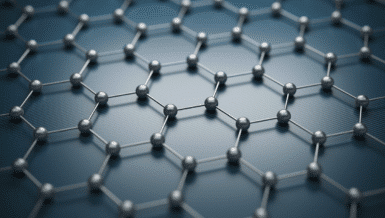Introduction industrial belting
The main purpose of industrial belts is to carry different kinds of objects from one area of the manufacturing facility to another, including raw materials, finished products, packaging, and boxes of goods. Industrial belting is fabricated to handle high pressure and resist abrasion because it is of great importance that it is strong, durable, and resistant to the facility’s environmental conditions. All conveyor belts must be flexible and durable enough for continuous operation in the facility.
Introduction industrial belting
The main purpose of industrial belts is to carry different kinds of objects from one area of the manufacturing facility to another, including raw materials, finished products, packaging, and boxes of goods. Industrial belting is fabricated to handle high pressure and resist abrasion because it is of great importance that it is strong, durable, and resistant to the facility’s environmental conditions. All conveyor belts must be flexible and durable enough for continuous operation in the facility.
Textiles in transmission belting
When selecting the right transmission belt for your application, it is crucial to select a material that will be able to withstand the persistent stress, abrasion, and vibration common in transmission applications. The simple design of transmission belting makes it ideal for use in critical applications. They run with a high degree of efficiency, are quiet, and are easy to clean and maintain. Transmission belts are less likely to become overloaded or jammed. Transmission belts are designed to be durable so they can withstand wide temperature fluctuations, high speed, abrasive conditions, and a host of other harsh operating conditions. Adding durable fabrics to transmission belts is the way to create enduring belts for even the most challenging applications. This results in a variety of advantages, like:
- Extended Service Life: Fabrics provide a protective layer on the back of the belt, reducing friction and wear and increasing the service life of the belt.
- Reduced Abrasion. Fabrics help mitigate the effects of abrasion from pulleys.
- Engineered Grip. Fabrics can be tailored for increased or decreased levels of grip for clutching applications or improving operational efficiency.
- Quieter Operation. Fabric on transmission belts reduces the noise that the belt produces during operation.
- Heat Resistance. Fabric can reduce the effects of heat generated by friction and environmental factors.
Textiles in conveyor belting
There are different textiles that serve an important purpose in conveyor belting. The Purpose of textiles in conveyor belting:
- Provides strength for tensioning and handling the load
- Reduces sliding drag on product or conveyor bed
- Improves mechanical fastener retention
- Improves wear against the conveyor bed
- Adds stiffness
Basic weaves, such as plain and matt are used frequently in conveyor belts. Special weaves may be used to improve the physical characteristics such as edge wear and tear, and stretch. Two or three-layer solid fabrics provide dimensional stability. Blending different fibers in fabrics offers many advantages including improved adhesion, strength, impact resistance, fatigue resistance, stretch resistance, temperature, and chemical resistance.
Different types of fabrics used in conveyor belting
The strength, extension, and flexibility of synthetic fibers that are used in technical woven fabrics are higher than natural fibers that were used before.
- Cotton & Wool – Solid woven cotton is used in baking applications where handling warm products or absorption of the belt is essential. Cotton is used in length, width, or in both directions of multiple plied conveyor belting to increase the bulk of the overall product. on applications that require resistance to impact without requiring high strength.
- Polyester – Solid woven polyester is used as a durable and low-cost option for general conveying use, specifically in package, parcel, and baggage applications. Polyester is used in the length, width, or in both directions of the weave.
- Nylon – A nylon core is used to provide high strength as required in some box, flour, paper, and wood applications for conveying products. It is used as the width fiber in conveyor belting to increase rip resistance as well as to resist abrasion from building material products.
- Kevlar – Kevlar is made up of extremely strong fibers but it’s more costly. These fibers have immense thermal stability, durability against wear as well as impact, and are non-flammable. They are so strong that the construction of the fabric only requires a single-ply warp and weft to sustain the elongation.
Fabric conveyor belts
A belt is a loop of flexible material used to link two or more rotating shafts mechanically. When selecting a fabric transmission belt for your application, it is critical to select a material that will be able to withstand persistent stress, vibration, and abrasion. Durable fabrics are the best way to create strong belts that can be used for almost all applications. fabric transmission belts have a variety of benefits over other materials including,
- Extended Service Life,
- Reduced Abrasion,
- Quieter Operation,
- Heat Resistance, and
- Grip.
The most common textiles and fibers used for transmission belts are cottons, wool, nylon, polyester, and Kevlar.
Fabric conveyor belt Design
Fabric conveyor belts consist of woven fabrics that are coated on one or both sides by a rubber layer. The selection of fiber and fabric depends on the use of the Fabric conveyor belt. Textile or steel cords are used to reinforce rubber or plastic in the fabric conveyor belts. The rubber and plastic layer protect textile materials from damage. The most important properties for a conveyor belt are high strength and flexibility, low stretch in service, abrasion, impact and tearing resistance, temperature and fire resistance, resistance to moisture, and long life.











